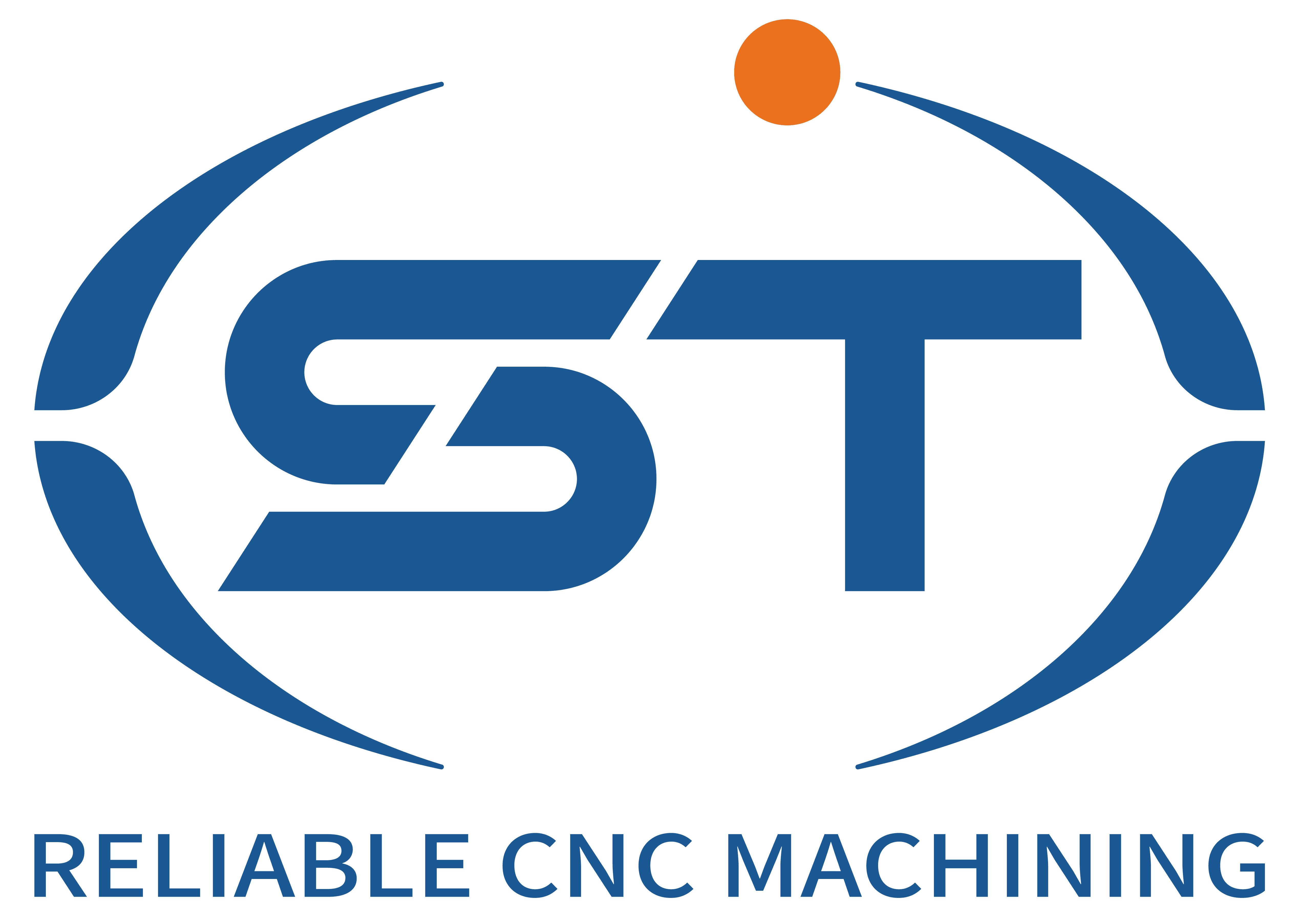Simulation Methods for CNC Programming in Automotive Component Manufacturing
The automotive industry’s reliance on precision and efficiency in CNC machining has made simulation an indispensable tool for reducing errors, optimizing processes, and ensuring compliance with stringent quality standards. By digitally replicating the entire machining workflow—from toolpath generation to final part inspection—simulation methods enable engineers to identify and resolve issues before physical production begins. This approach minimizes material waste, tool damage, and machine downtime, which are critical considerations in high-volume automotive manufacturing environments.
Table of Contents
ToggleVirtual Machining Environments for Collision Detection and Toolpath Validation
One of the primary applications of simulation in automotive CNC programming is creating virtual machining environments that mirror real-world conditions. These environments integrate 3D models of the part, machine tool, fixtures, and cutting tools to analyze toolpath feasibility. By simulating the movement of the spindle and axes, engineers can detect collisions between the tool, holder, or machine components and the workpiece or fixtures. For example, when machining deep cavities in engine blocks, simulation can reveal interference between long-reach tools and the cavity walls, prompt adjustments to tool length or cutting parameters to avoid costly crashes.
Dynamic Simulation of Material Removal
Advanced simulation tools go beyond static collision checks by dynamically modeling material removal during machining. This feature allows engineers to visualize how the part evolves with each cutting pass, ensuring that features like holes, threads, and pockets are machined to the correct dimensions. For automotive components with tight tolerances, such as transmission gears or brake rotors, dynamic simulation helps verify that the final part matches the CAD model by accounting for factors like tool deflection, material springback, and thermal expansion. Any discrepancies can be corrected in the CNC program before production, reducing scrap rates and rework.
Force and Load Analysis for Tool Life Optimization
Cutting forces and vibrations significantly impact tool life and surface finish in automotive CNC machining. Simulation methods incorporate physics-based models to predict these forces during different machining operations, such as roughing, finishing, or drilling. By analyzing force distributions along the toolpath, engineers can identify high-stress areas that may lead to premature tool wear or chatter. For instance, when milling complex surfaces on a cylinder head, simulation might reveal excessive radial forces during a specific pass, prompt a reduction in feed rate or an adjustment to the tool’s lead angle to distribute loads more evenly.
Thermal Simulation for Heat-Affected Zone Management
Heat generation during machining can alter material properties and induce residual stresses, affecting part integrity. Thermal simulation tools model heat distribution across the workpiece and tool, helping engineers optimize coolant flow, cutting speeds, and tool geometries to minimize thermal damage. In automotive applications involving heat-sensitive materials, such as aluminum alloy engine components or composite parts, thermal simulation ensures that machining processes maintain dimensional stability and surface quality. For example, simulating the drilling of coolant passages in an engine block can highlight areas prone to overheating, guiding adjustments to spindle speed or coolant pressure to prevent material distortion.
Multi-Axis Machining Simulation for Complex Automotive Parts
Many automotive components, such as turbine housings, steering knuckles, and suspension arms, require machining on 4- or 5-axis CNC machines to achieve their intricate geometries. Simulation methods for multi-axis machining verify tool orientation and accessibility in real time, ensuring that the tool can reach all required surfaces without gouging or leaving uncut material. These simulations account for the simultaneous rotation of multiple axes, providing a comprehensive view of the machining process. For example, when machining a curved slot on a CV joint component, multi-axis simulation can confirm that the tool maintains optimal engagement angles throughout the operation, preventing errors that would be difficult to detect on a physical machine.
Kinematic Simulation for Machine Tool Accuracy
Beyond toolpath validation, kinematic simulation evaluates the accuracy of the machine tool itself by modeling the movement of its axes, spindles, and rotary tables. This analysis helps identify mechanical limitations or calibration issues that could affect part quality. In automotive manufacturing, where machines often run continuously for high-volume production, kinematic simulation can detect wear-related inaccuracies in axis drives or ballscrews, prompting preventive maintenance to avoid dimensional deviations in critical components like crankshafts or camshafts.
Integration with Industry 4.0 for Real-Time Process Monitoring
The rise of Industry 4.0 technologies has expanded the role of simulation in automotive CNC programming by enabling real-time data exchange between digital twins and physical machines. Digital twins—virtual replicas of the machining process—can be updated with live sensor data from the shop floor, such as vibration levels, temperature readings, or tool wear measurements. This integration allows for adaptive simulation, where the CNC program adjusts dynamically based on actual machining conditions. For example, if sensors detect excessive vibration during the milling of a differential housing, the digital twin can simulate alternative cutting parameters and push updated toolpaths to the machine controller to stabilize the process, ensuring consistent part quality even under varying conditions.
Predictive Maintenance Through Simulation-Driven Analytics
Simulation methods also support predictive maintenance strategies by analyzing historical machining data to forecast equipment failures or performance degradation. By correlating simulation results with real-world metrics like tool life cycles or machine uptime, automotive manufacturers can schedule maintenance activities proactively, minimizing unplanned downtime. For instance, simulation-driven analytics might reveal that a specific spindle speed consistently leads to premature tool failure in a particular operation, guiding changes to the CNC program or machine settings to extend tool life and improve overall equipment effectiveness (OEE).
By leveraging these simulation methods, automotive manufacturers enhance the reliability, efficiency, and precision of their CNC machining processes, meeting the industry’s demands for high-quality components at competitive costs. As simulation technologies continue to advance, their integration with artificial intelligence and machine learning will further refine their predictive capabilities, driving innovation in automotive manufacturing workflows.




